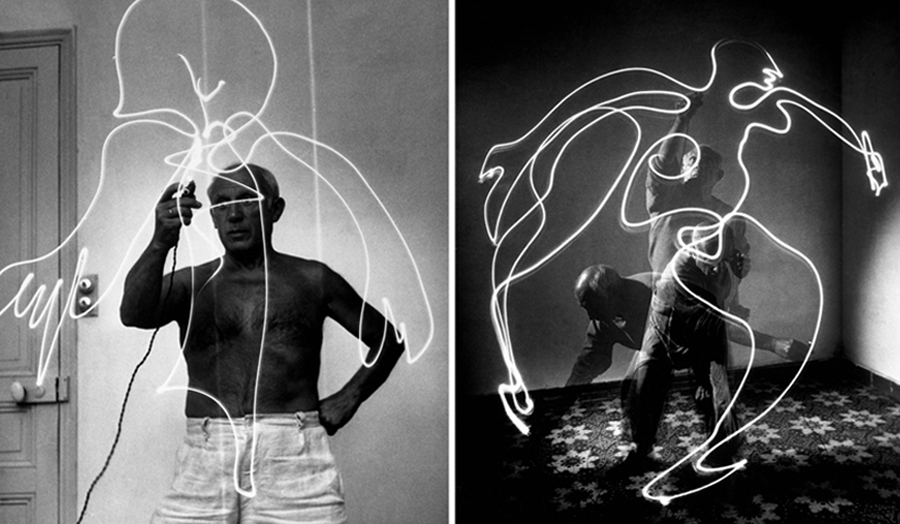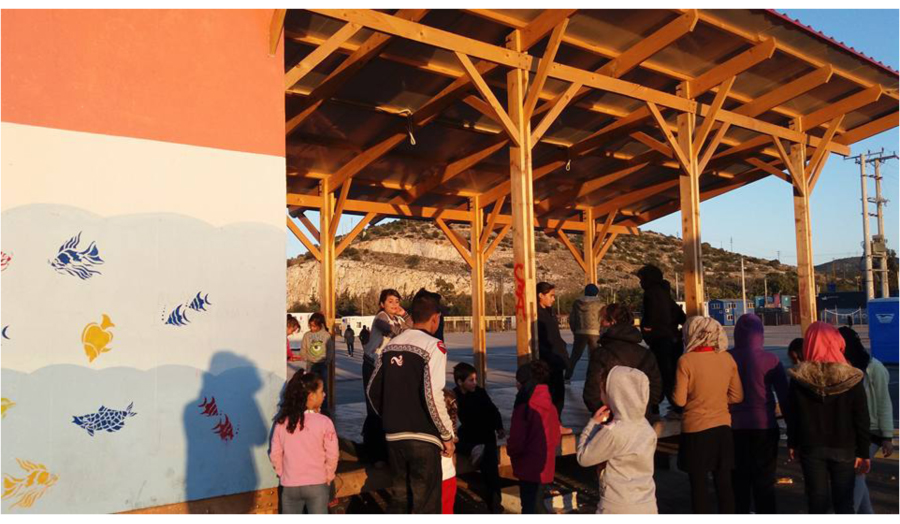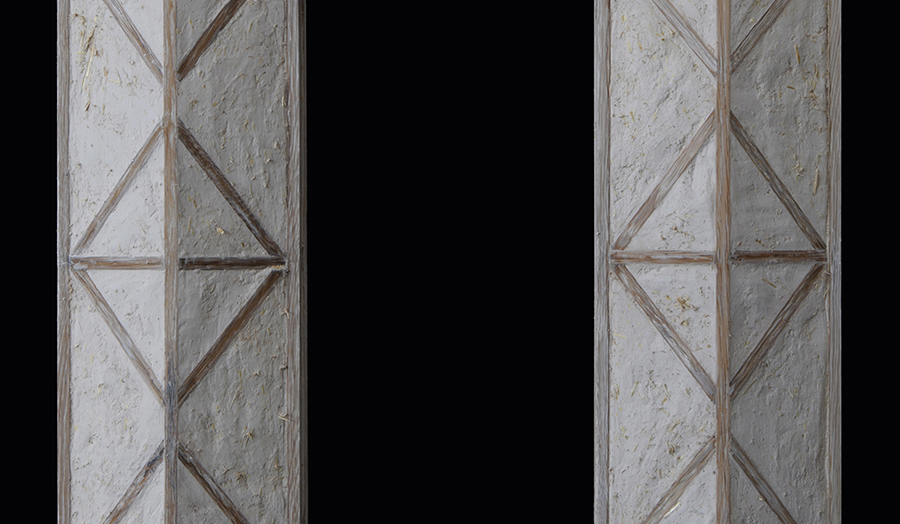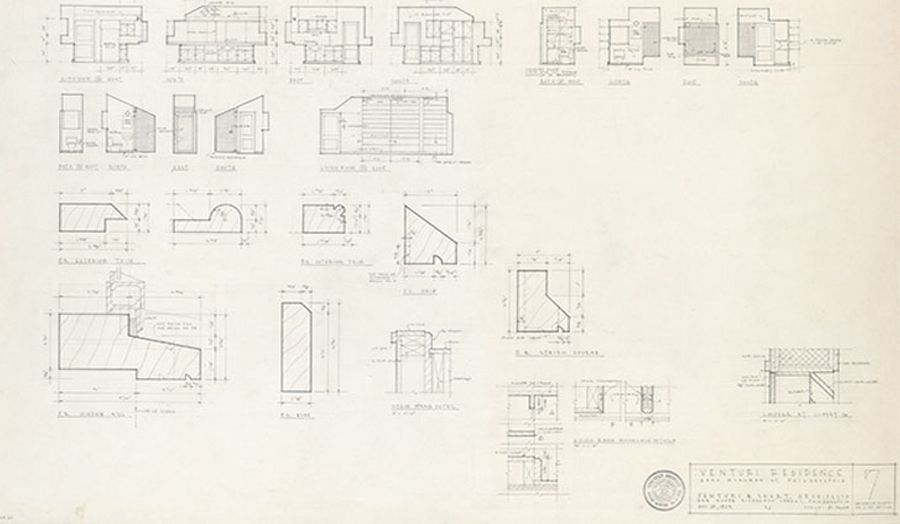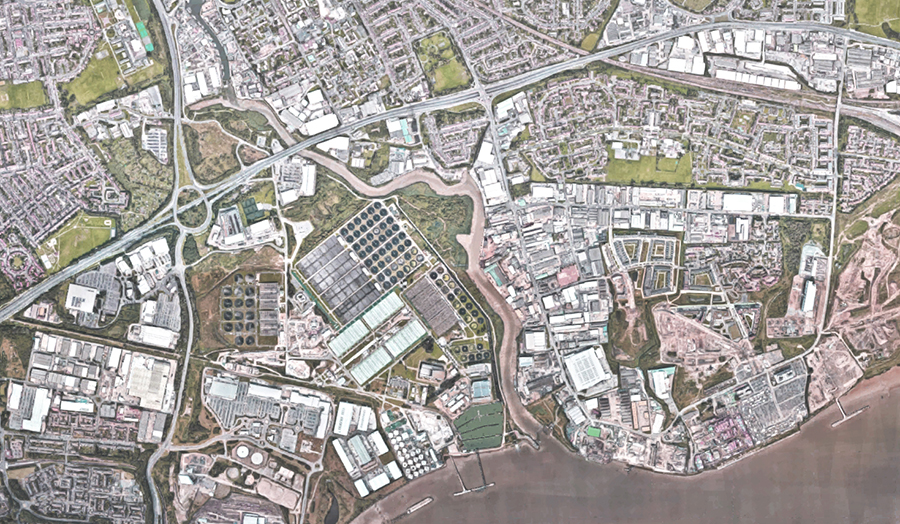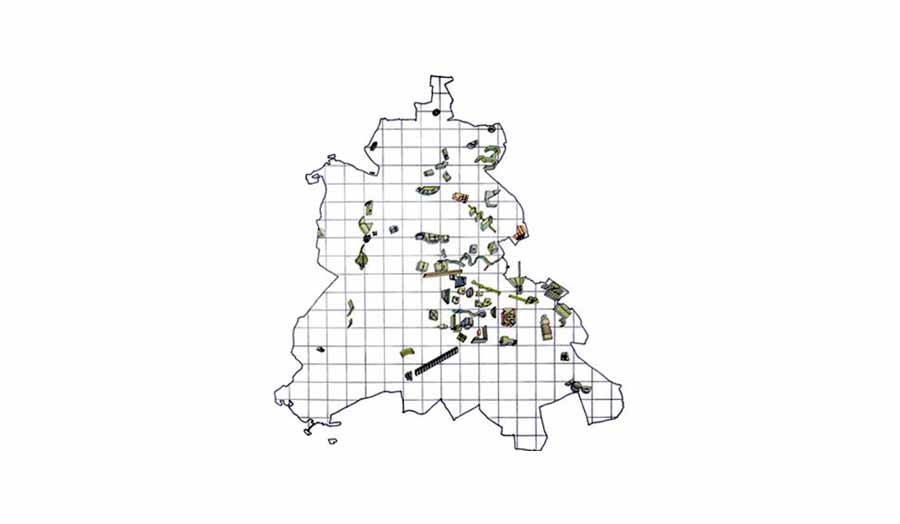Unit brief
The American photographer Berenice Abbott returned to New York in 1929 and struck by the rapid transformation of the scale of the city, she took a series of 300 images in almost a decade, she called this series Changing New York. Abbott photographed the changing face of the city with deliberate pace and attraction to contrast, capturing the energy of its gigantic buildings filtered through the familiarity of its low-rise neighbourhood streets. In juxtaposing these two orders Abbott produced a model of change that draws attention to the relationship between buildings and their urban environment rather than their individual idiosyncrasies.
Cities by their nature experience ‘scale shifts’ in their evolution over time, usually towards the demands of a growing population, a changing demographic, economic upturns and political ideals.
We have seen this in London in the late 19th century, with the introduction of the mansion blocks and tenement buildings, and again during the post-war reconstruction with the London County Councils programme of estate social housing construction.
Today it could be said that we are in the midst of another revolution in scale shift, the demand for new housing is unparalleled. After several decades of under provision, as well as an underwhelming market-led planning environment, London’s 32 boroughs together with the Mayor's good growth by design programme are charged with seeking opportunities to build housing in a dense, sustainable and qualitative way.
This Year, Unit 9 will engage with these interests, focusing our attention on outer London sites in particular, where the low-rise condition of suburbia has hitherto established scale limits to any new development. Where previously planning policy has restricted adjacent jumps in scale we will now make our projects in an environment of refreshed ambition and renewed optimism. We are interested in the dynamics of these moments of change and the contrast in scales brought with them.
Extra large of their kind
Like Abbott’s images, our projects this year will be above and beyond their immediate context, they will set a new scale for an evolving city. We can imagine that they will be extra large of their kind, in other words, the array of London typologies from town house to tower block, from terrace street to tenement block will form the composite DNA of our projects only to be stretched and squeezed, distorted and dismembered.
As Alvaro Siza puts it "architects don’t invent anything they just reinvent what is known", to this end we will be discussing the transformational architecture of the Baroque, this was an animated architecture that recedes and advances in space, one that achieves fullness of form whilst allowing shapes to emerge from one another. We will visit Naples to look at the extraordinary inventions of its Baroque compositions, the staircases of Sanfelice, and the audacious mutations of forms that emerged in its urban Palazzo’s - the liveliness and gigantism of its building elements and the entanglement of its architecture with the city.
Image: Photo credit: Berenice Abbott, West Street Manhattan
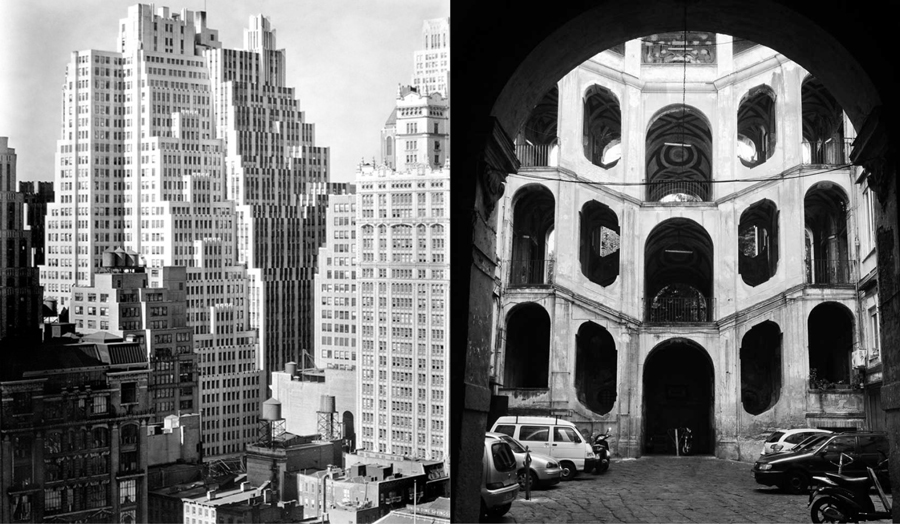
Details
| Course |
Architecture MA
|
|---|---|
| Tutors | Stephen Taylor Theodoros Thysiades Jamie Dean |
| Where | Goulston Street Room GS1-12 |
| When | Monday and Thursday |

.jpg)
